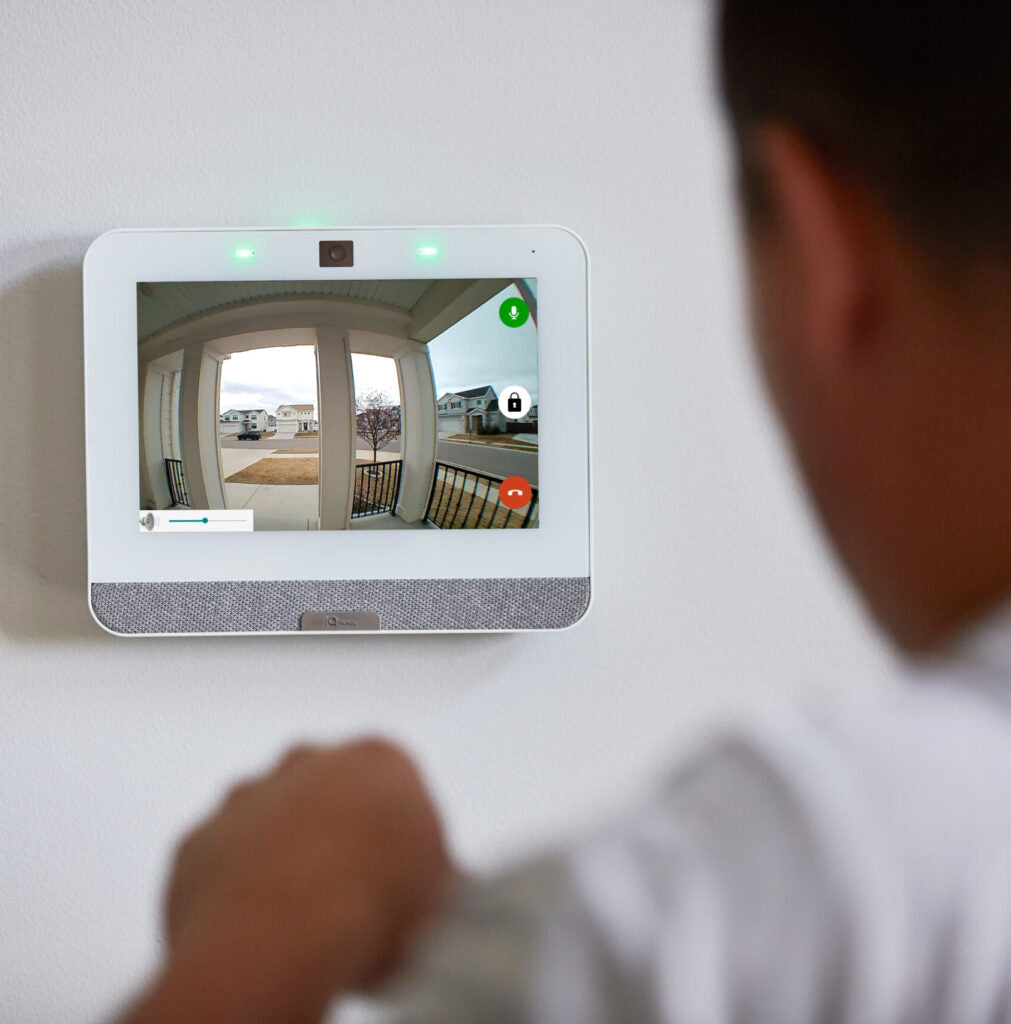In today's rapidly changing business landscape, security isn't just about locked doors and security guards—it’s about comprehensive systems that protect people, data, and physical assets. As threats evolve, businesses of all sizes are adopting modern security systems that are smarter, faster, and more adaptable than ever before.
The Shift from Passive to Proactive Protection
Gone are the days when businesses relied solely on CCTV footage reviewed after an incident. Modern security systems are proactive, not reactive. With AI-powered analytics, motion detection, and real-time alerts, businesses can identify and respond to suspicious activity instantly—often before it becomes a problem.
Access Control: Protecting More Than Just Doors
One of the most important components of business security today is access control. Keycards, biometric scanners, and mobile-based entry systems help ensure only authorized personnel can enter sensitive areas. These systems also keep detailed logs of who entered where and when, providing valuable insights in case of a breach or investigation.
Employee Safety Comes First
Security systems aren't just about protecting property—they play a crucial role in employee safety. Panic buttons, emergency lighting, and rapid alert systems are now part of many workplace security setups. In high-risk industries like retail, healthcare, and education, these features are vital for staff peace of mind and rapid crisis response.
Video Surveillance: Smarter Eyes on the Ground
Today’s video surveillance goes beyond basic recording. With high-definition video, facial recognition, license plate reading, and AI that can detect loitering, crowding, or unusual behavior, cameras have become active monitoring tools. Cloud storage also means footage is secure, accessible, and easy to manage from anywhere.
Cybersecurity and Physical Security Go Hand in Hand
As more devices connect to the cloud, cybersecurity becomes a critical part of physical security. Modern systems often integrate with secure networks, ensuring that unauthorized users can’t gain access to sensitive data or control security equipment remotely. A breach in one area can affect the other—so businesses are increasingly treating physical and digital security as a unified strategy.
Remote Management and Real-Time Insights
Whether it’s a small retail store or a large corporate campus, security managers can now monitor systems remotely through centralized dashboards. This allows for faster decisions, better coordination, and efficient oversight of multiple locations. Mobile apps also empower business owners to keep an eye on operations while on the go.
Custom Solutions for Unique Needs
Not every business has the same risks, which is why customizable solutions are becoming the norm. From temperature and smoke sensors in warehouses to motion-activated lighting in office buildings, security providers now offer modular setups tailored to each environment.
Conclusion
Security systems are no longer a behind-the-scenes utility—they're central to how modern businesses operate safely and efficiently. With technology enabling smarter, more adaptive protection, companies can safeguard not just their premises, but also their people, data, and future.
In an age where threats come from both the physical and digital world, investing in an integrated security solution is one of the most important steps a business can take toward long-term resilience.








